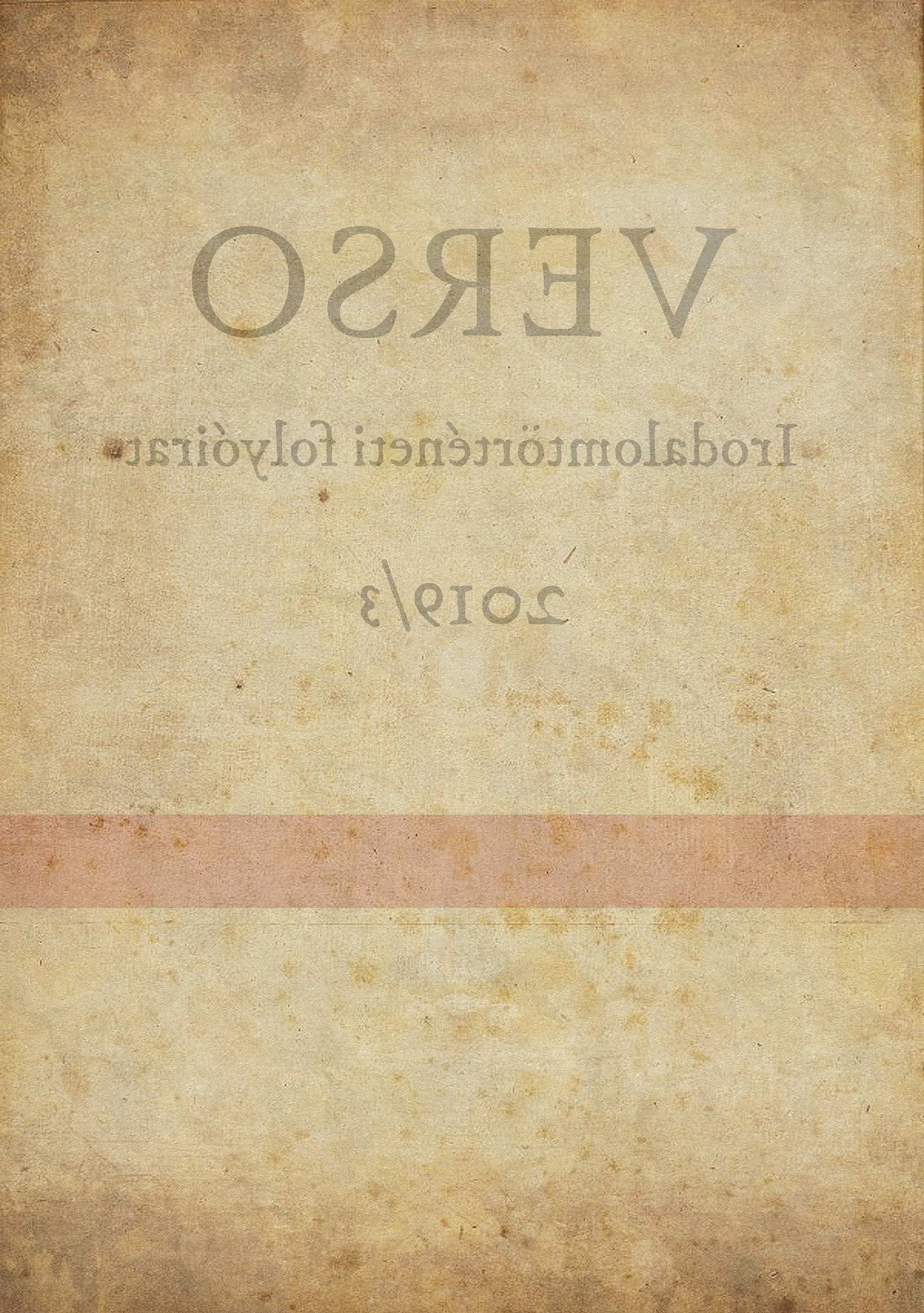Repetition and variation in the Ad Somnum of Janus Pannonius
DOI:
https://doi.org/10.15170/VERSO.2.2019.3.21-27Abstract
Janus Pannonius’ hymn to Somnus, the deity of Sleep is the penultimate poem in the so-called Florentine corpus, a cycle of elegies that attracted the poet’s Italian contemporaries.
As for the mythology of Somnus, the most important model was Statius’ hymn to Sleep (Silvae, 5, 4). In its structure Ad Somnum resembles the model of the kletic hymn, including the invocation and the catalogue that comprises especially those traits of the deity that could be helpful for the worshipper. Janus uses a recurring invocation in the form of versus intercalares. There seems to be a coincidence between Janus’ seven sleepless nights of the poet and the seven time repeated distichs of invocation. By contrast to Statius, who calls the deity in the beginning of the night, Janus starts his invocation in the dawn when the deity is going to have his rest, and by repeating his call, so to say, makes the deity as restless as he himself lacks tranquillity. He uses various forms of argumentation: invocation according to the places where the deity dwells, complaint and invective, enumeration of his previous efforts, characterizing the addressed deity, describing Somnus’ period of activity, prayer, promise of sacrifices and conditional wellwishing. Janus’ uses several times the rhetorical device of remotio, the exclusion of impossible arguments, in order to stress the singular importance of the aid of the deity. At the same time the passages between the repeated invocations enable the poet to show a variation of the topoi of the genre of the hymn.

